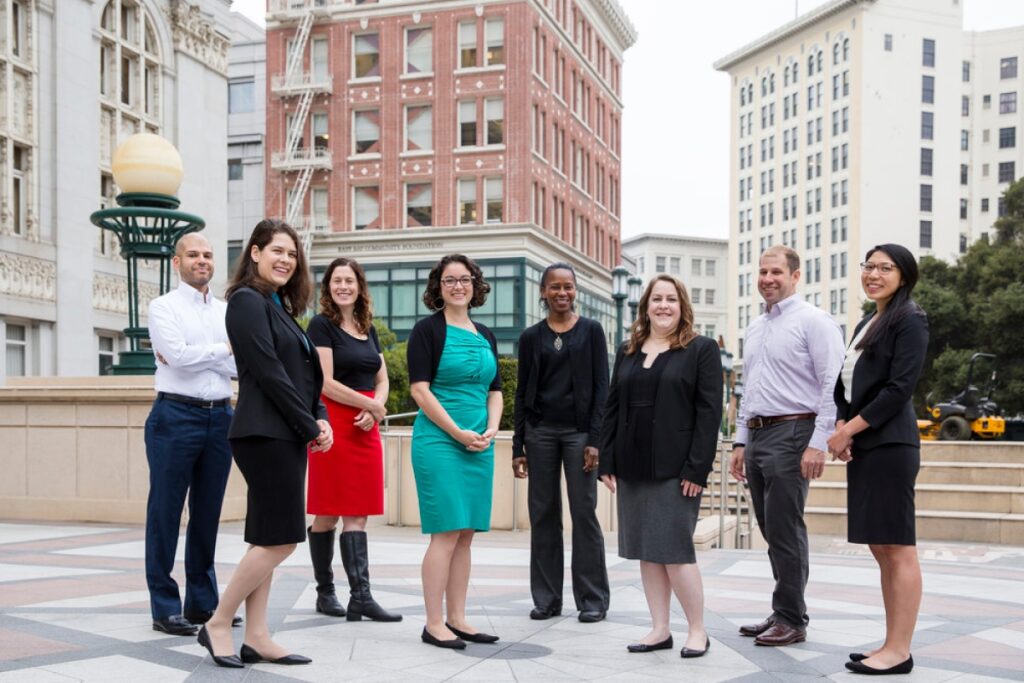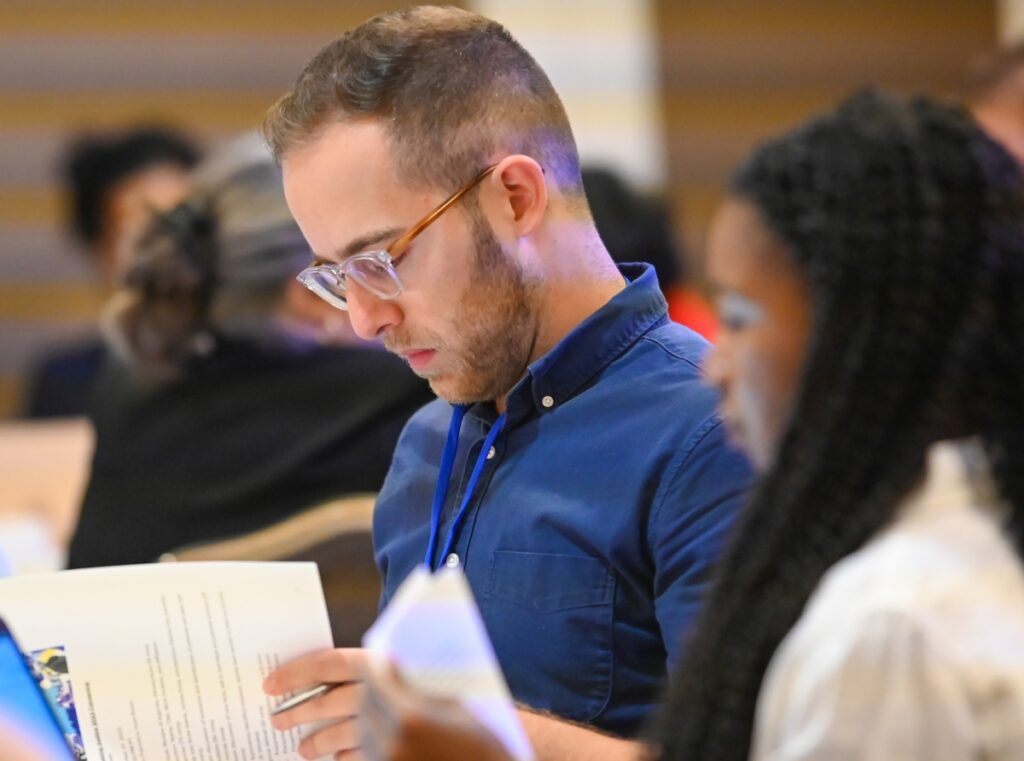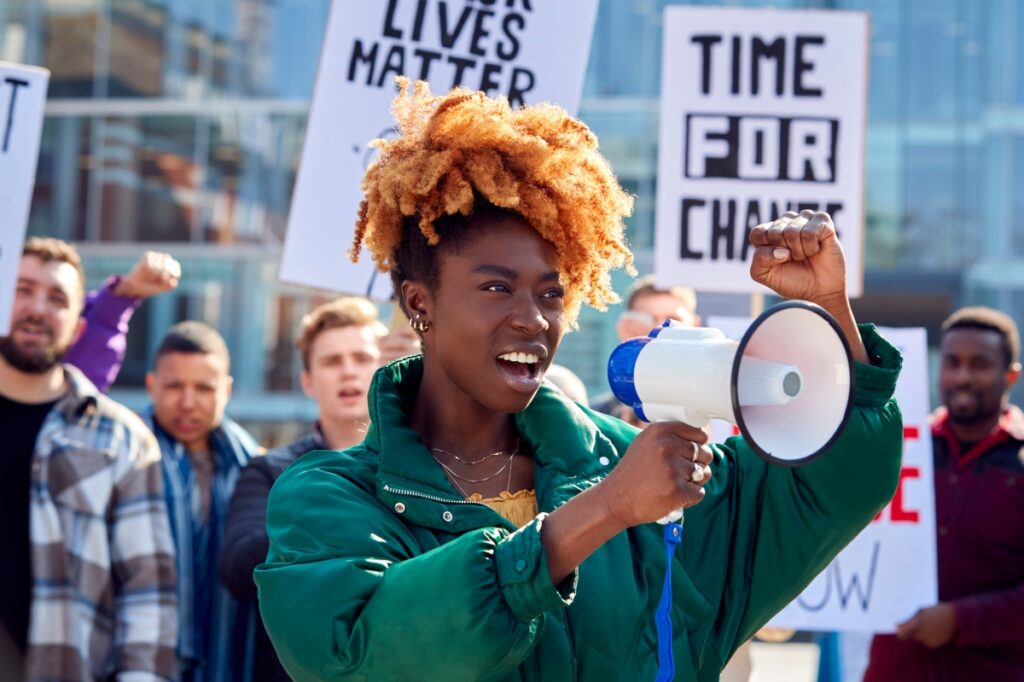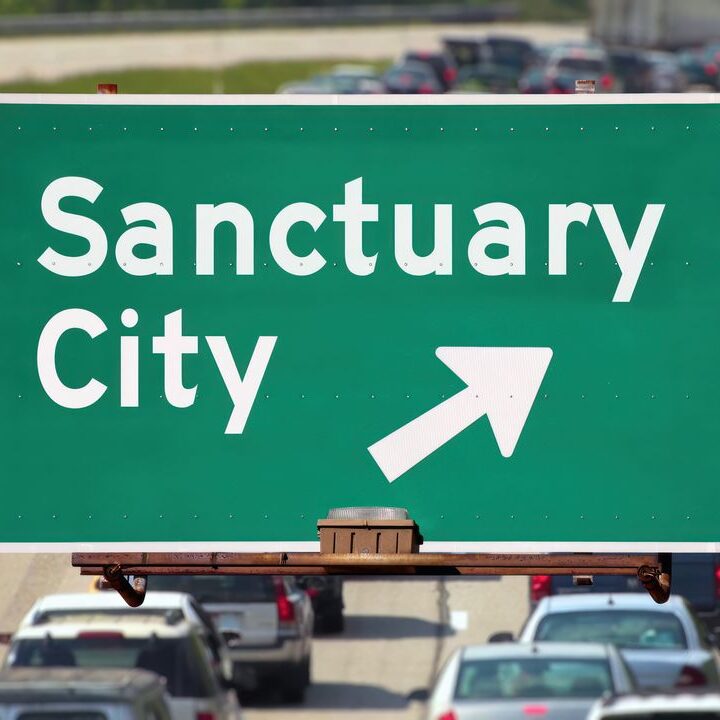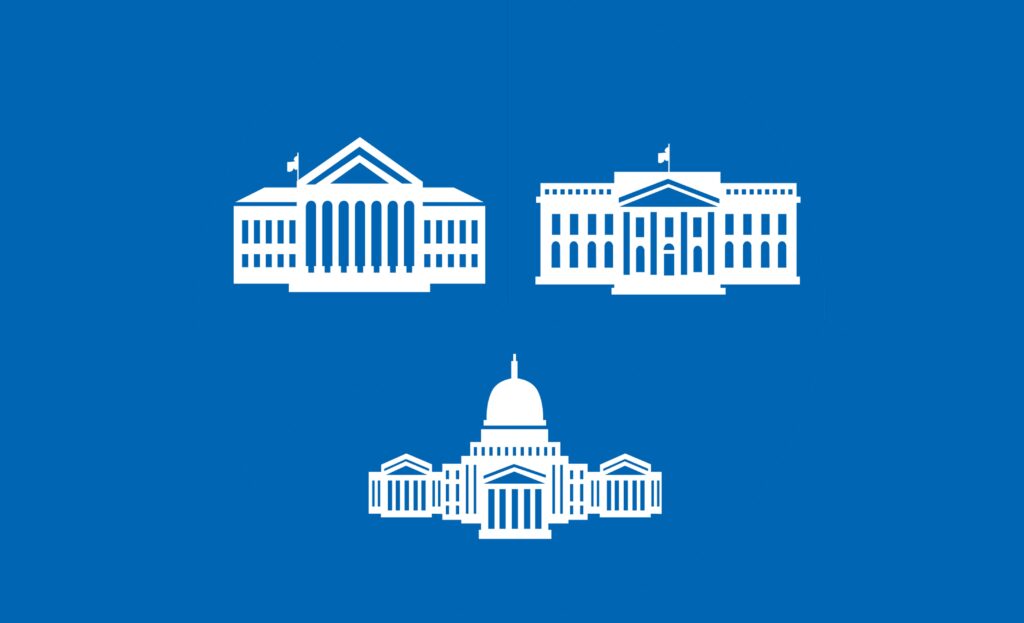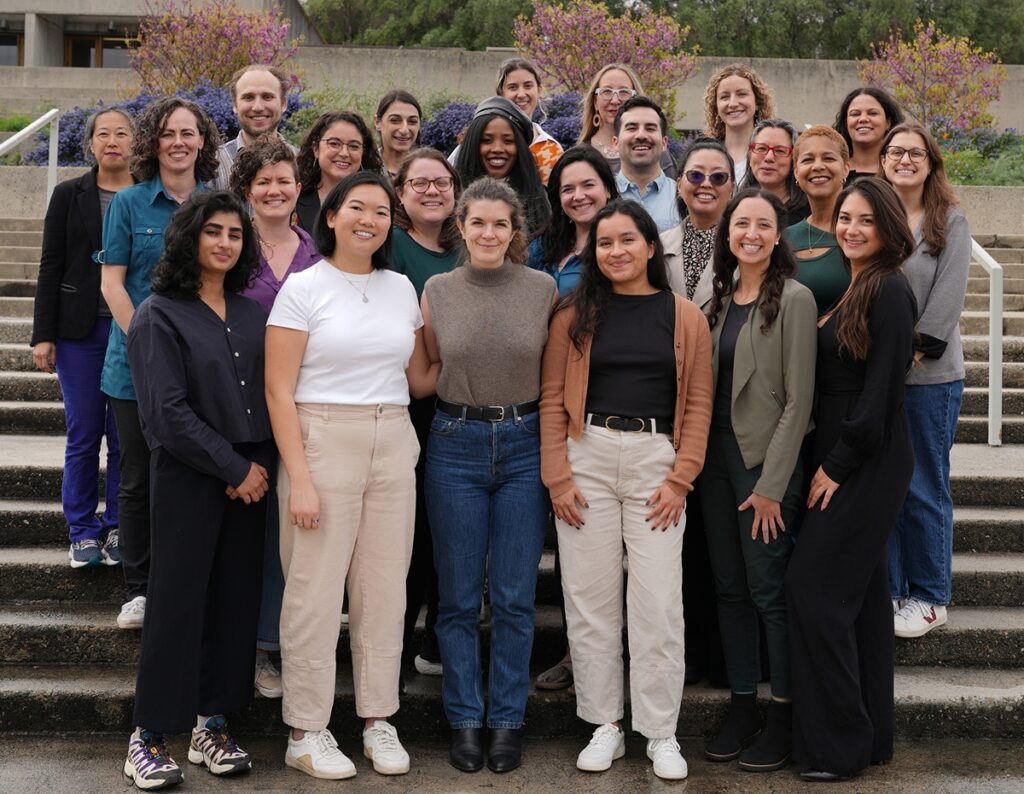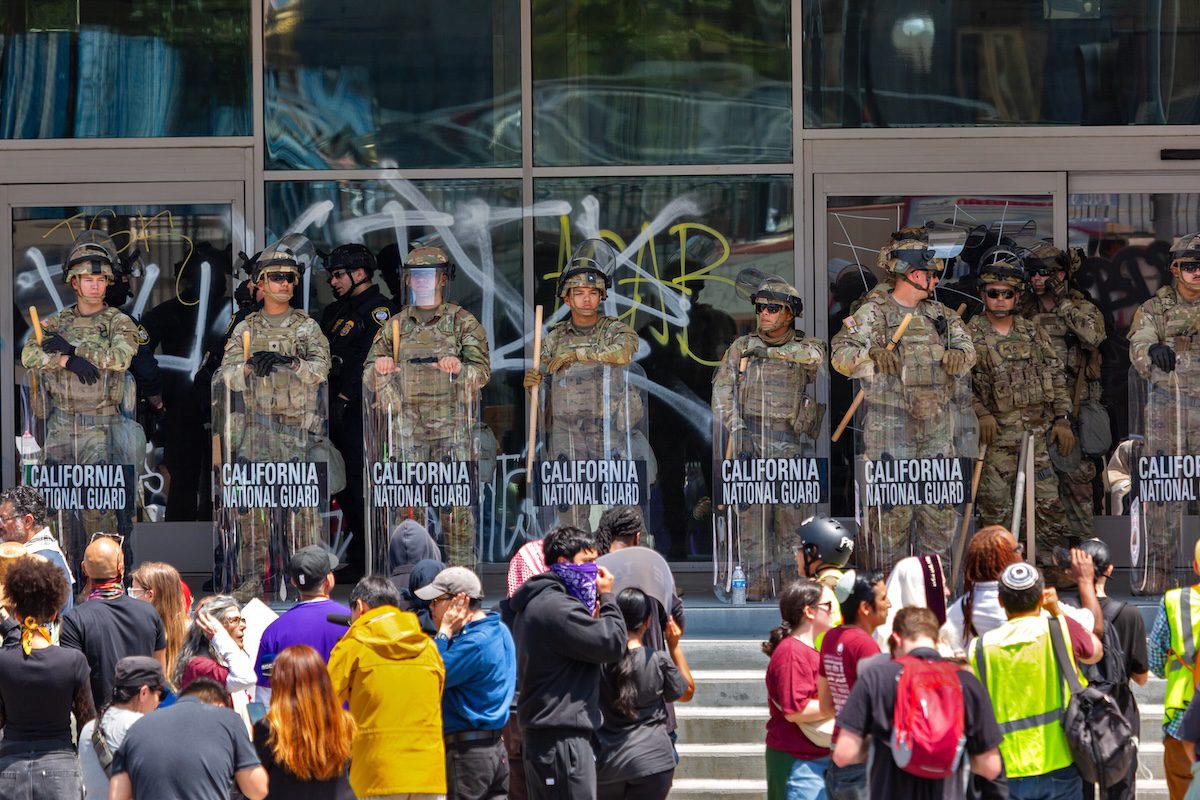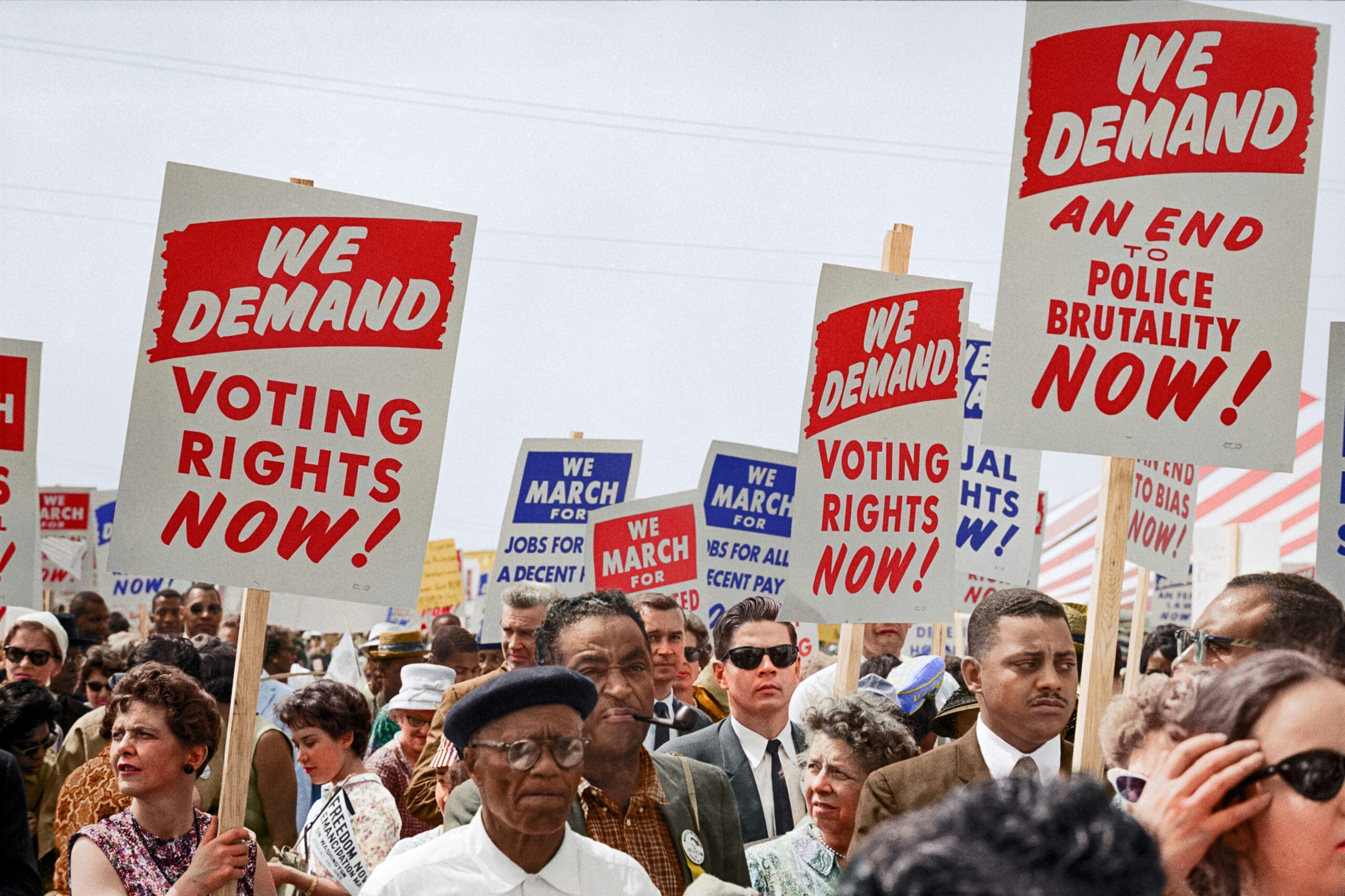Five takeaways from our inaugural Local Power Summit
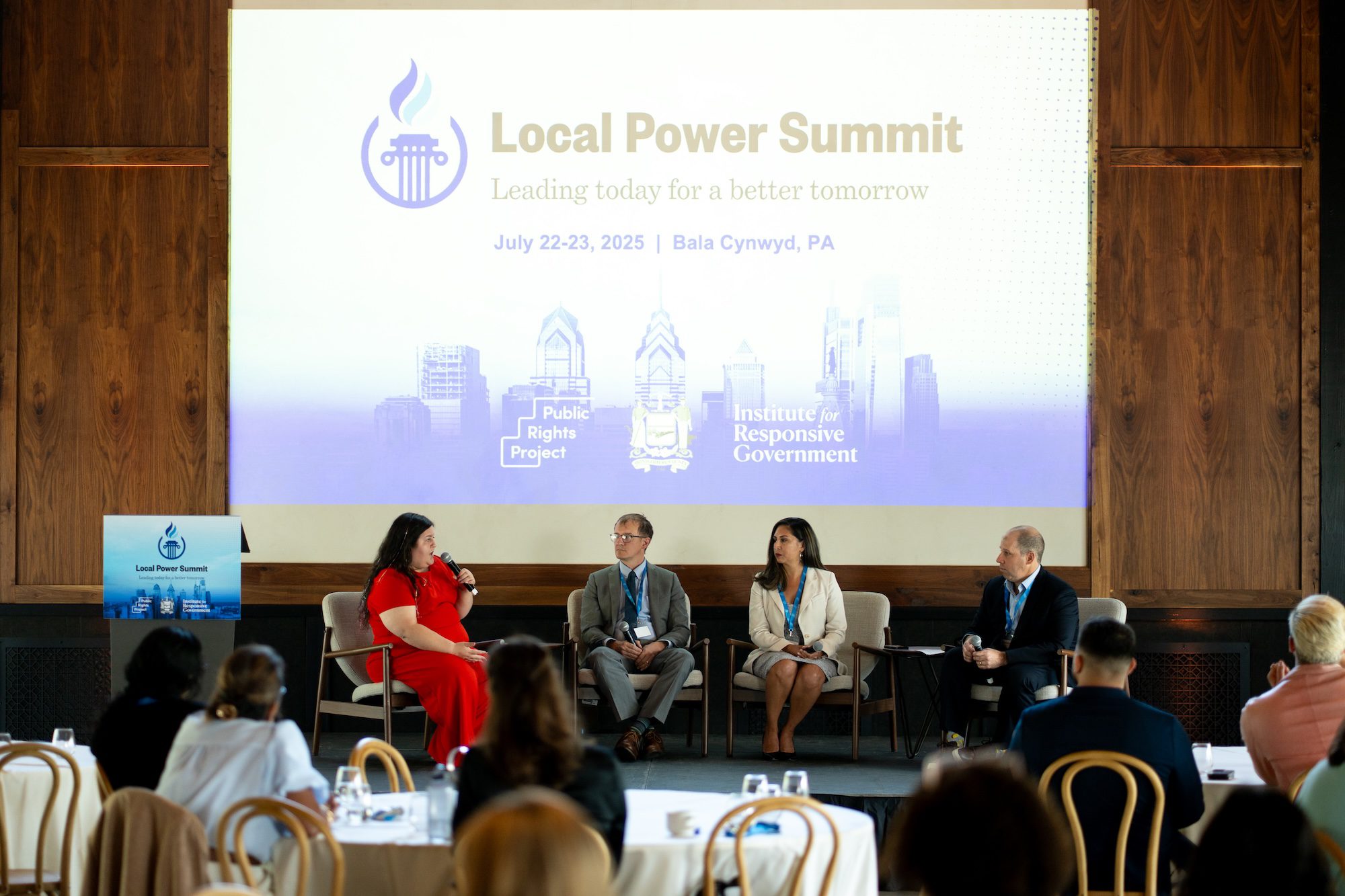
By Jonathan Miller, chief program officer, Public Rights Project
“Whether it’s housing or community safety, we’re building the coalitions we need to meet the needs of our communities. Budgets can’t always be flexible, but the blueprint can be.”
These words of wisdom from Dallas councilmember Jaime Resendez underscored a strong consensus at our Local Power Summit: to succeed in today’s landscape, local elected officials must innovate, be proactive, and collaborate across roles and jurisdictions.
Local governance has never been easy, but the work today is harder than ever. Federal funding cuts, increasing distrust in government, and efforts to coerce counties and cities into adopting the president’s agenda on racial justice and immigration enforcement have created unprecedented challenges.
That’s why this gathering of mayors, local officials, government attorneys, and policy experts — representing a cross-section of the partners Public Rights Project works with every day — could not have come at a better time. Its purpose was to confront these challenges, and identify places for progress on topics from climate change to affordable housing to higher education.
There were so many great takeaways from the event, but here are five stand-out insights:
1. Local governments are bracing for an unprecedented budgetary shortfall
Hearing from elected officials from across the country made one thing clear: local governments will have difficulty meeting the needs of their constituents as a result of the federal government’s significant and often reckless approach to cutting grants, programs, and staff.
Over a third of local government revenue comes from the federal government, directly or indirectly. Cuts, restrictions, and delays on funding across many departments are leaving local governments scrambling to solve how to deliver essential services.
A presentation on the potential impacts of the forthcoming $1 trillion in cuts to health care spending — leaving millions of people uninsured — drove this point home. It means that hospitals will close, insurance coverage will be denied, and local governments, as the last line of support, will be left with the burden.
Local governments have many responsibilities in serving their communities. Yet the Trump administration’s efforts are undermining their work to make housing affordable, respond to climate change, or ensure that residents have access to mental health services needed to thrive.
2. Litigation against the federal government is a crucial tactic
Several jurisdictions have significantly increased their legal efforts against the federal government. For example, San Francisco — which filed 10 lawsuits against the first Trump administration — already has been involved in eight lawsuits against the federal government in the past six months alone. This is a pace and scale nearly seven times as great as before, according to San Francisco City Attorney David Chiu.
Even though it has necessitated larger budgets and staffing for some local government offices, this strategy has paid off for many so far. When it comes to federal funding, even temporary measures like preliminary injunctions can unblock hundreds of millions of dollars and preserve essential services that would otherwise be cut off.
“This is not about politics — It is about actions taken by the current administration that are illegal, irresponsible, and will adversely affect the people who live in our county if we don’t fight back,” noted King County Executive Shannon Braddock.
3. Innovation and creativity are needed like never before
Unprecedented times call for unprecedented measures. That’s why local governments will require a full toolkit of tactics and approaches to serve their communities. In addition to exploring affirmative litigation opportunities, leaders must work to advance local policy, craft budgets that align with local needs, and engage supporters within the community to build pressure and legitimacy. The scale of federal government measures means that many challenges will be shared among jurisdictions across the country. Spreading solutions and policy blueprints is one way local governments will be able to help their peers.
For example, Philadelphia Councilmember Jamie Gauthier, Chair of the Committee on Housing, Neighborhood Development, and the Homeless, has been hard at work cutting red tape to speed up the approval process for affordable housing developments. She also proposed a bill in 2023 to preserve government-subsidized affordable housing, which is now helping to forestall thousands of residents from becoming displaced from the sale of their residential buildings.
4. Local governments are focused on building trust and telling stories of impact
Several attendees highlighted that local governments must become adept at conveying the concrete impact of federal actions and telling the stories of people who are affected. They stressed that the time for keeping their heads down and quietly delivering results is over. Local governments are used to responding to adversity by getting creative with their budgets and revenue streams. But this time, the cuts may be too big in certain situations. It’s time to get public about how communities will be hit hard as a result of this administration’s policies.
Stories about how cuts will impact people must be shared with different levels of government — and public support will also be crucial in supporting steps local governments take to fight back.
5. Coalitions and partnerships can supercharge local action
Participants emphasized that going it alone won’t work this time, given the number of federal policies that will impact local governments. Coalitions can help local governments design policy, engage in advocacy, develop affirmative litigation strategies, and amplify their strategic communications to ensure the public is on our side. Being united makes it harder for the federal government to retaliate against specific jurisdictions and strengthens legal and public cases by bringing in more evidence and showing more examples of the harm.
What’s more, since the Supreme Court gave the Trump administration a win on limiting the use of nationwide injunctions in June, jurisdictions can no longer count on getting relief from a court decision unless they’re part of a case. Collective lawsuits could continue to grow as more jurisdictions realize they need to get involved to be protected.
Our sincere thanks to the Institute for Responsive Government and Montgomery County for partnering with us to make this event a reality. The 2025 Local Power Summit was an invaluable gathering of local governments striving to fight today for a better tomorrow. Local leaders came away with tangible solutions, more resilience, and a renewed sense of what’s possible when they come together as peers and partners.

-
 Blog12/1/2025
Blog12/1/2025More cities should fill the gap to defend workers’ rights, says Oakland’s first worker protection attorney
For about a year that coincided with the start of the pandemic, housekeepers, front desk…
-
 Blog10/28/2025
Blog10/28/2025Standing up against the deployment of the National Guard: cities and counties are crucial to holding the line
Once again, local governments are standing up for what really keeps us all safe: ensuring communities continue to get critical services and that the National Guard is only deployed in the rare cases when truly needed.
-
 Blog10/22/2025
Blog10/22/2025How you can protect free and fair elections
By Michael Adame, Elections & Government Partnership Director, Public Rights Project I’ve worked with hundreds…

